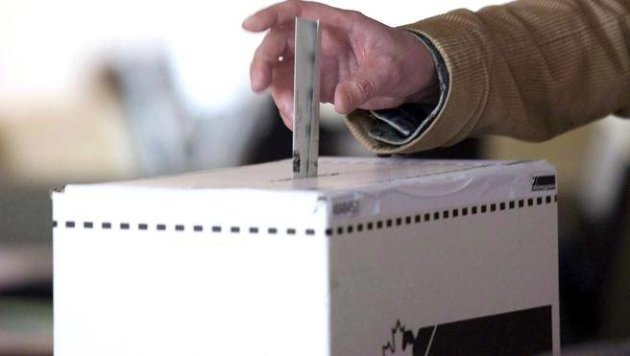Apple shares once topped $700 (U.S.), then fell below $400, and are trading this month above $600 for the first time in more than a year. All those nice, big numbers are heading to the dustbin in the coming days, however, as Apple splits its shares seven-for-one.
It is said that once Apple Inc. began its remarkable run, founder Steve Jobs was dismissive of the idea of splits. So – for a time, anyway – was his successor, current CEO Tim Cook, who told shareholders two years ago that splits “do nothing” for investors. Better to let the sticker price of the stock escalate to the levels of the company’s shiny gadgets, one supposes.
Splitting shares, however, does accomplish something: It makes it slightly easier for individuals to buy a stock. Now that Apple has conceded on this matter, then, it’s time for some other companies – and yes, we will name names – to stop acting so cool and follow suit by splitting their shares. For investors’ sake.
Apple’s split is scheduled for June 9, benefiting all who own the shares as of June 2. In the strictest sense, the split will “do nothing,” as one Apple share trading at $700 is no more valuable than seven Apple shares trading at $100. That’s the basic economics of a stock split, and the reason why market professionals say splits have little meaning.
It’s certainly true if each of your positions is measured in millions of dollars, or even hundreds of thousands. There are individual investors, however, who want to invest a couple of hundred thousand dollars in a couple of dozen stocks. That means positions in the $5,000 to $10,000 range.
Academic research has suggested stocks that split tend to outperform the shares of similarly sized companies in the near term, in part because they’re an underappreciated signal of confidence: A management team that recommends a split to its board is confident the shares won’t drift lower. There are plenty of holdouts these days, however, as the number of splits among companies in the S&P 500 has drifted lower since the Great Recession – possibly because management watched big companies such as Citigroup do a “reverse split,” decreasing their share count, in order to keep the stock from trading below $5.
Academic research has suggested stocks that split tend to outperform the shares of similarly sized companies in the near term, in part because they’re an underappreciated signal of confidence: A management team that recommends a split to its board is confident the shares won’t drift lower. There are plenty of holdouts these days, however, as the number of splits among companies in the S&P 500 has drifted lower since the Great Recession – possibly because management watched big companies such as Citigroup do a “reverse split,” decreasing their share count, in order to keep the stock from trading below $5.




